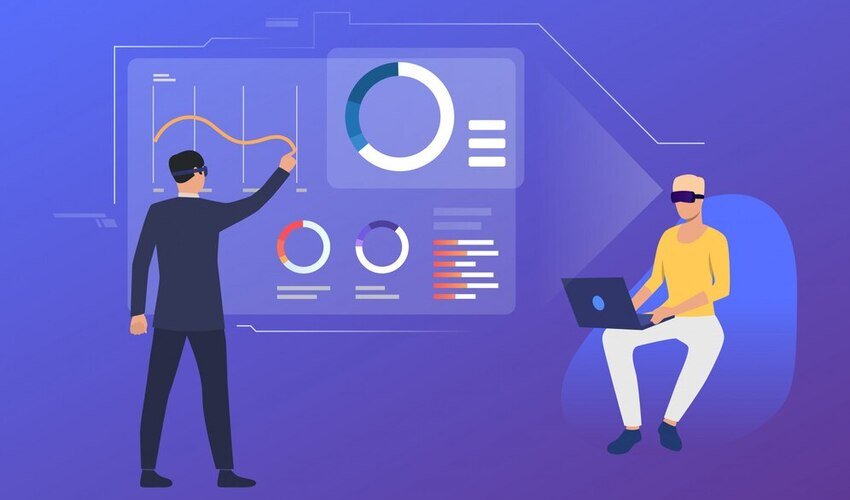How Datafor Visualizer Enhances Decision-Making with Stunning Graphs
In today’s fast-paced world, making data-driven decisions is crucial for success. Businesses, organizations, and individuals are increasingly relying on data to guide their strategies and actions. But raw data alone isn’t helpful unless it can be interpreted effectively. That’s where Datafor Visualizer comes into play. By transforming raw data into stunning graphs and visualizations, Datafor…
Read more









